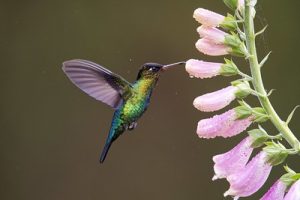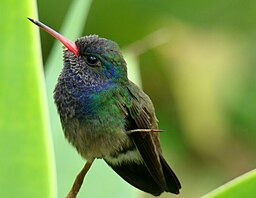Global Bird Populations
According to most leading experts, the number of extant species of birds in the world is estimated to be around the 10,000 mark. In the latest research, the evidence suggests that around 1,480 of these species are classified as globally threatened. This includes all bird species that have been identified as either being “critically endangered”, “endangered”, or “vulnerable”.
The total worldwide bird population seems to be much more tricky to estimate to any degree of accuracy. According to National Geographic’s most recent data, collected in 2021, there are somewhere between 50 billion and 430 billion individual birds on the planet. The fact that birds are relatively small, can fly, and in many cases, migratory, obviously makes their numbers very difficult to assess. This great uncertainty is further compounded by the fact that throughout many regions of the world there is a complete lack of any meaningful studies.
From the above narrative you might be tempted to ask, what are the rarest birds in the world? Well here’s a run-down on what are judged by experts to be the current (2023) five rarest birds in the world (listed in descending order of populations):
5. Rufous Headed Hornbill
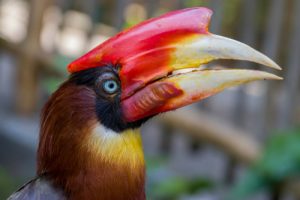
Photo credit: Danny Ye/Shutterstock.com
The Rufous Headed Hornbill (Rhabdotorrhinus waldeni) is primarily a fruit eater. Native to the Phillippines, it is most commonly found in Negros and the Panay Islands. High levels of deforestation, excessive hunting, and nest poaching have reduced its numbers to between 1,000 and 2,500 mature birds. Listed as “critically endangered” by The International Union for Conservation of Nature (IUCN), numbers are gradually beginning to rise, due to a successful conservation programme.
4. Blue-eyed Ground-dove
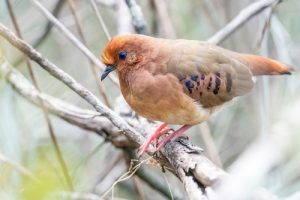
Photo credit: Rob Jansen/Shutterstock.com
The Blue-eyed Ground-dove (Columbina cyanopis) was until recently thought to be extinct since it had not been sighted since 1941. However, a sighting in 2015 confirmed that the rare dove is for now, at least, an extant species. The bird, endemic to Brazil, takes it name from its unusually vivid blue eyes. Loss of habitat is seen as the greatest contributor to decline of the bird’s numbers. Classified as “critically endangered” by the IUCN, its population is currently estimated as between 50 and 250 mature birds. Support to stabilise the population is still very much formulative.
3. Cebu Flower Pecker
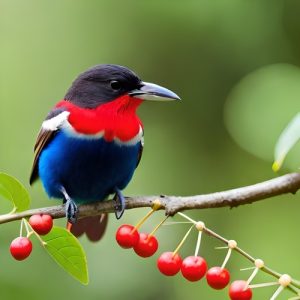
Image credit: maniraja/Shutterstock.com
The Cebu Flower Pecker (Dicaeum quadricolor) was thought to be extinct until a sighting was made in 1992. The small passerine bird mainly feeds on fruit and flowers. Its range is currently restricted to a few protected areas of Central Cebu in the Philippines. Classified as “critically endangered” by the IUCN, its population is currently estimated as between 60 and 70 mature birds. Extensive loss of habitat clearance is cited as the primary cause for the decline of population. Support to stabilise the population is still very much being formed.
2. Madagascar Pochard
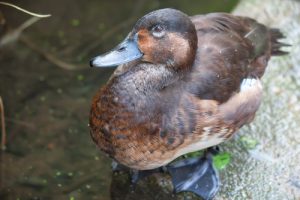
Photo credit: Wirestock Creators/Shutterstock.com
The Madagascar Pochard (Aythya innotata) is an extremely rare diving duck. Its numbers began to decline in the late 1940s and was considered extinct by the late 1990s. However, a sighting in 2006 confirmed it to be a extant species. Endemic in Madagascar, its range is currently restricted to Lake Matsaborimena and Lake Sofia. Classified as “critically endangered” by the IUCN, its population is currently estimated as between 20 and 50 mature birds. An ongoing captive breeding programme has managed to re-establish its small wild population.
1. New Caledonian Owlet-nightjar
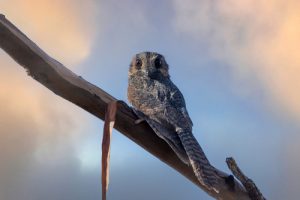
Image credit: Wright Out There/Shutterstock.com
The New Caledonian Owlet-nightjar (Aegotheles savesi), also known as the Enigmatic Owlet-nightjar, is currently considered the world’s most endangered species of bird. Its endemic to the Melaleuca savannah and humid forests of the South Pacific islands of New Caledonia The species was established on only two known two sightings made in 1880 and 1915. The last sighting of the bird was made in 1998. Classified as “critically endangered” by the IUCN, its total population is currently estimated as somewhere between 1 and 50. A conservation programme is yet to be established for the bird because of its rarity.


